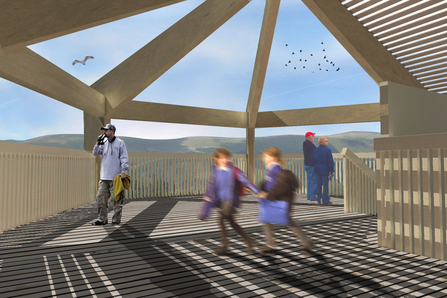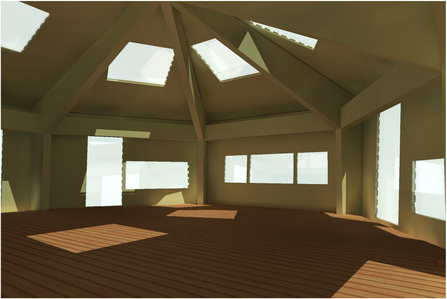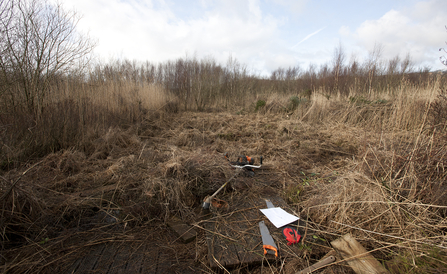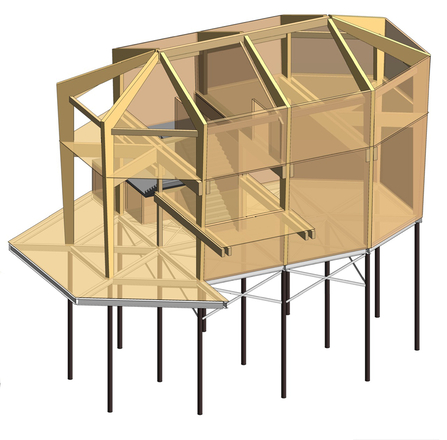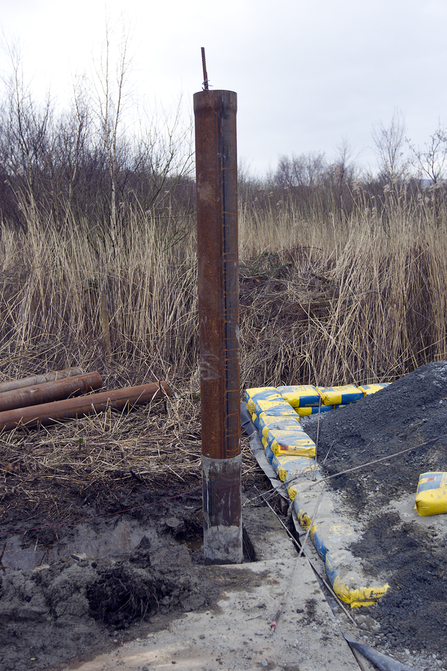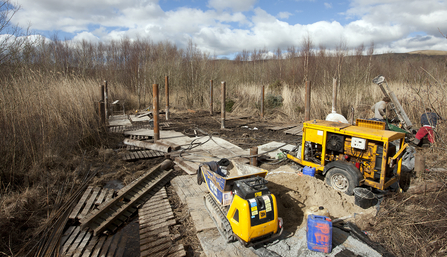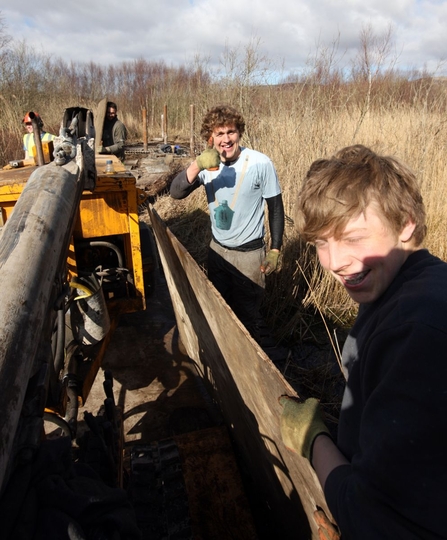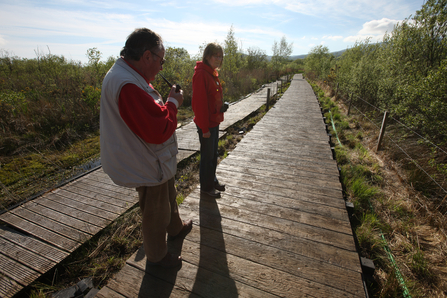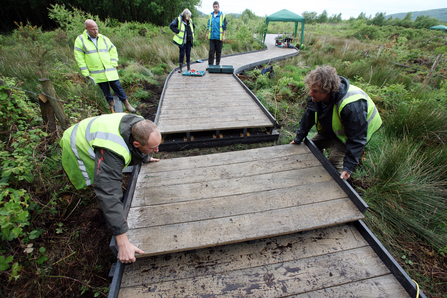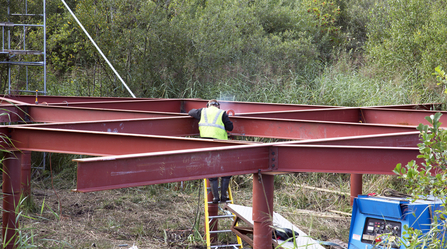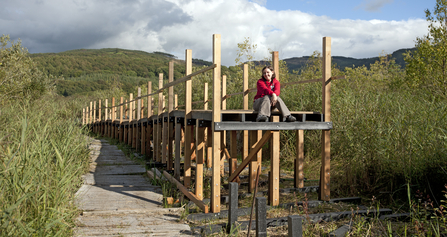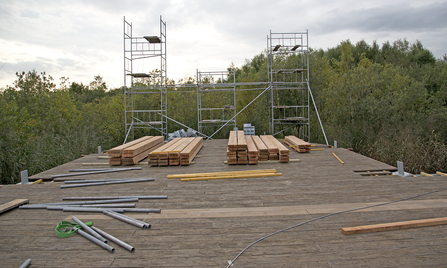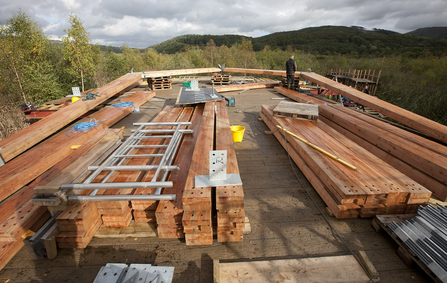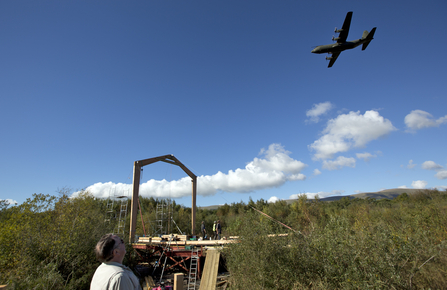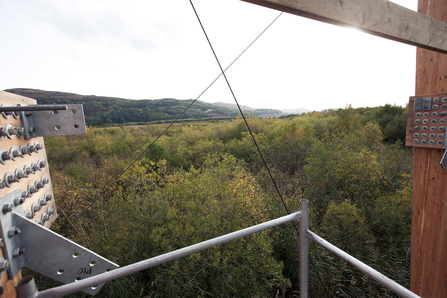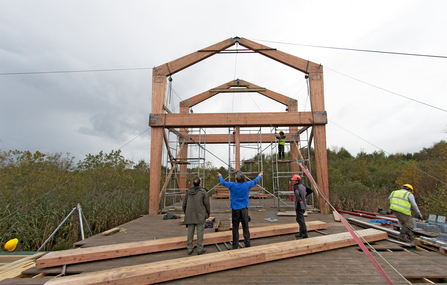Three years ago, we had a vision at Montgomeryshire Wildlife Trust. To build something insanely great on our Cors Dyfi reserve where the Dyfi Osprey Project is situated.
A platform for people and wildlife to connect with each other - a place like no other you can visit. To see, hear and experience wildlife around us like we never have before, high up with an incredible vista all around us - a full 360° panoramic vista. A place to learn about the living world around us using new technologies, new ideas and new concepts. Learning for families, for children, for everyone.
The 360 Observatory


